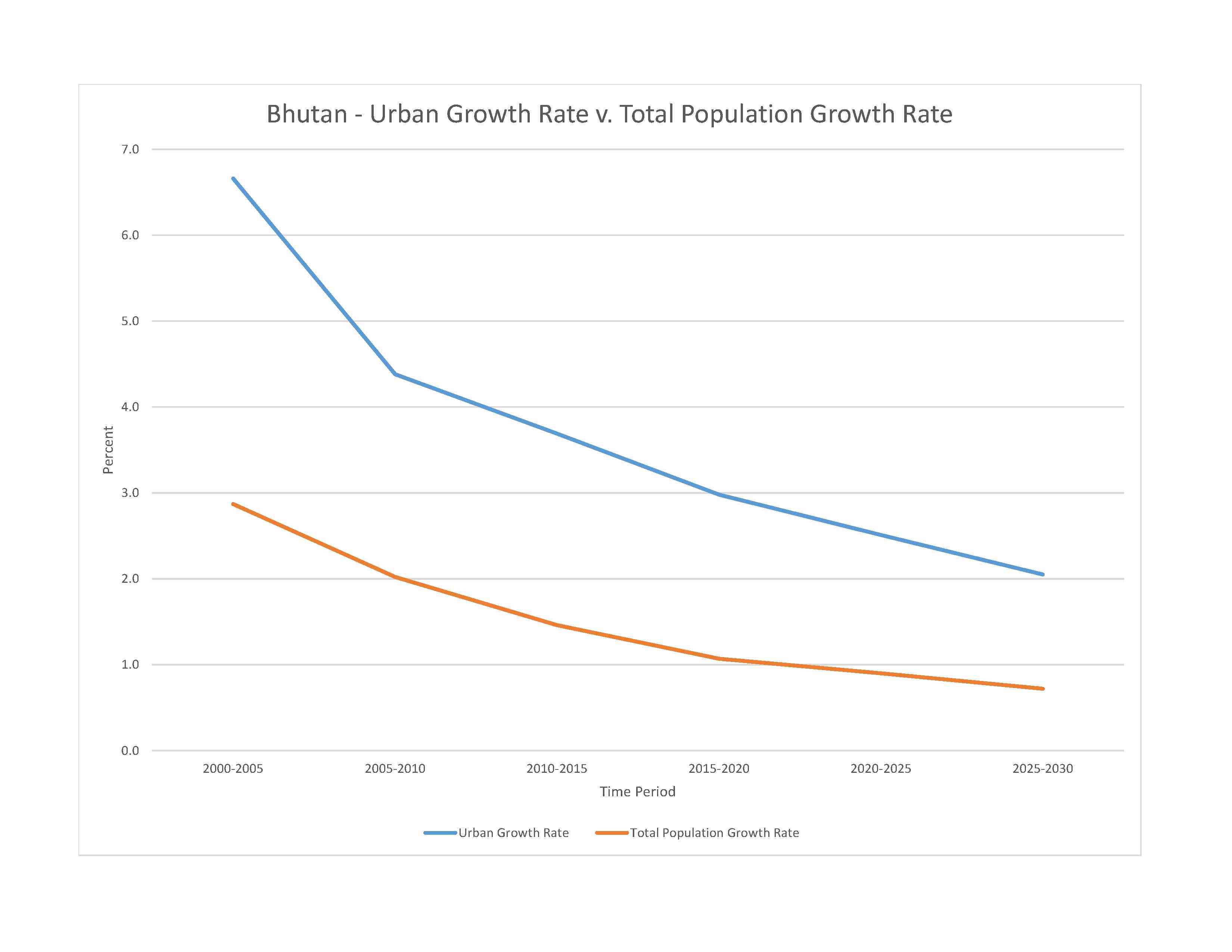
soil erosion; limited access to potable water; wildlife conservation; industrial pollution; waste disposal
party to: Biodiversity, Climate Change, Climate Change-Kyoto Protocol, Climate Change-Paris Agreement, Desertification, Endangered Species, Hazardous Wastes, Nuclear Test Ban, Ozone Layer Protection, Wetlands
signed, but not ratified: Law of the Sea
varies; tropical in southern plains; cool winters and hot summers in central valleys; severe winters and cool summers in Himalayas
agricultural land: 13.6% (2018 est.)
arable land: 2.6% (2018 est.)
permanent crops: 0.3% (2018 est.)
permanent pasture: 10.7% (2018 est.)
forest: 85.5% (2018 est.)
other: 0.9% (2018 est.)
urban population: 44.4% of total population (2023)
rate of urbanization: 2.52% annual rate of change (2020-25 est.)

1.89% of GDP (2018 est.)
0% of GDP (2018 est.)
particulate matter emissions: 26.1 micrograms per cubic meter (2019 est.)
carbon dioxide emissions: 1.26 megatons (2016 est.)
methane emissions: 1.11 megatons (2020 est.)
municipal solid waste generated annually: 111,314 tons (2007 est.)
municipal solid waste recycled annually: 957 tons (2016 est.)
percent of municipal solid waste recycled: 0.9% (2016 est.)
municipal: 20 million cubic meters (2020 est.)
industrial: 3 million cubic meters (2019 est.)
agricultural: 320 million cubic meters (2020 est.)
78 billion cubic meters (2020 est.)
NOTE: The information regarding Bhutan on this page is re-published from the 2024 World Fact Book of the United States Central Intelligence Agency and other sources. No claims are made regarding the accuracy of Bhutan 2024 information contained here. All suggestions for corrections of any errors about Bhutan 2024 should be addressed to the CIA or the source cited on each page.
This page was last modified 04 May 24, Copyright © 2024 ITA all rights reserved.